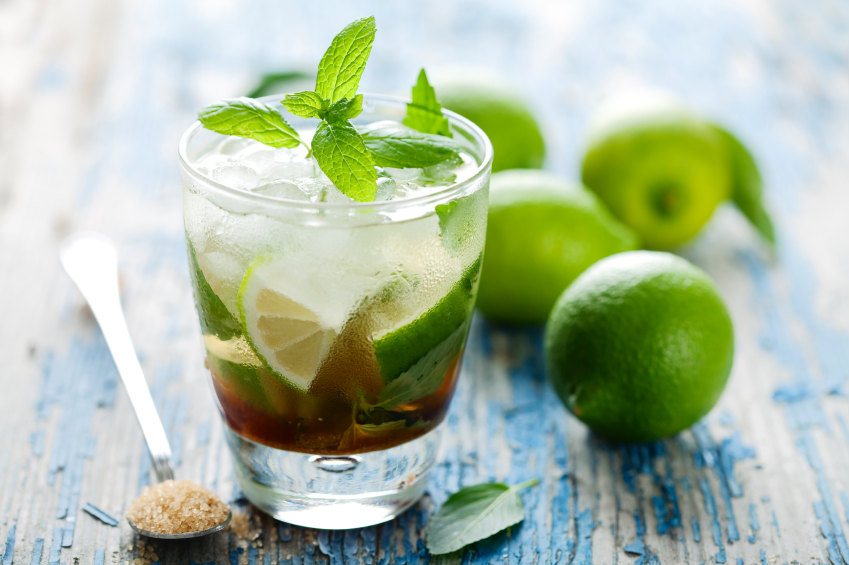Greater Los Angeles is a collection of not just smaller cities but also exotic populations. Among those cities is Glendale (not so small: it would be the second-most-populous city in New England), a center of the Armenian diaspora and home to one of the world’s largest Armenian populations outside Armenia. Fleeing religious violence in the late 19th century, genocide in the early 20th or the Soviet Union after that, Armenian Californians became integral in the development of the fig, raisin and bulgur businesses.
Edward Khechemyan came to Burbank, which borders on Glendale, in 1991 — the same year Armenia left the U.S.S.R. He was 17 then, and of the move, he says simply, “We didn’t like the Communist system.” His father, who left Iran for Armenia — the home of his ancestors — in 1974, was a chef who dreamed of opening a restaurant, and in 1997, he did just that.
The name of the restaurant, which is on the terminally unhip San Fernando Road right near the Burbank border, has changed twice; it is now called Adana. The food-and-travel writer David Latt, a friend who has never steered me wrong, listed it as among his favorite restaurants when I was picking his brain last year, and we ate there together last fall. It was so good that I’ve visited Adana on each of my four subsequent trips to Los Angeles.
Read the rest of this article, here.


















